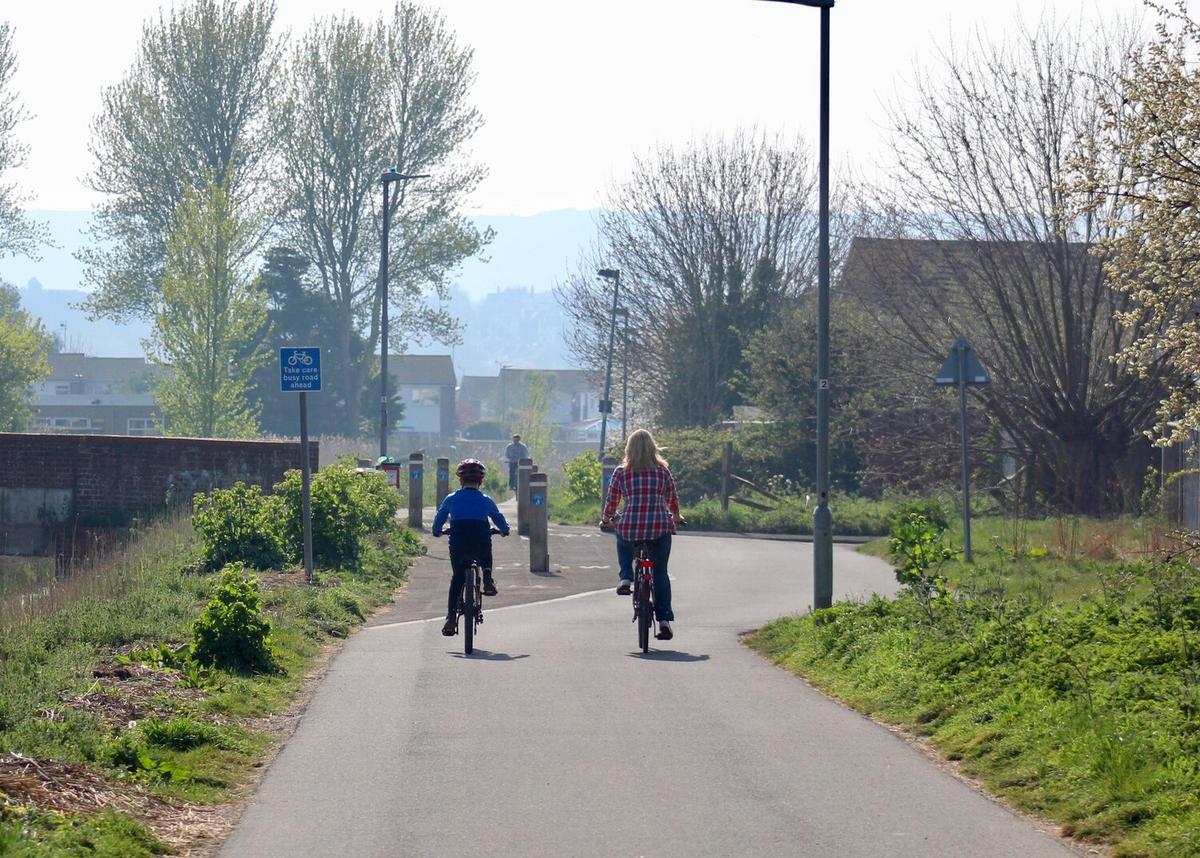
Understanding the Paris Agreement: What’s Next?
The Paris Agreement represents a landmark in international climate policy, serving as a unifying framework for nations worldwide to combat climate change. But as we look towards the future, understanding the nuances of this agreement and determining the next steps become crucial.
The Paris Agreement, adopted in 2015, is a legally binding international treaty on climate change. Its primary aim is to limit global warming to well below 2 degrees Celsius, preferably to 1.5 degrees, compared to pre-industrial levels. This ambitious goal requires a global effort, with countries committing to reduce greenhouse gas emissions through nationally determined contributions (NDCs).
The Current Landscape
Since its inception, the Paris Agreement has seen widespread participation, with 196 parties having signed on. According to a report by the International Energy Agency, global CO2 emissions need to fall by about 7.6% per year to meet the 1.5-degree target. However, the UN Environment Programme highlights that current pledges are insufficient, potentially leading to a temperature rise of over 3 degrees Celsius by the century’s end.
Expert Insights
Dr. James Hansen, a prominent climate scientist, emphasizes, “The success of the Paris Agreement hinges on enhancing the ambition of NDCs and ensuring accountability.” This sentiment is echoed by Christiana Figueres, former Executive Secretary of the UNFCCC, who advocates for transparent reporting mechanisms to track progress.
Challenges and Opportunities
One challenge is the varying capabilities of countries to meet their commitments. Developing nations often lack the resources to implement green technologies. However, this presents an opportunity for international cooperation and technology transfer. For example, renewable energy projects in Africa have gained momentum through partnerships.
Actionable Steps
- Strengthen NDCs: Countries should enhance their climate commitments to match scientific advice.
- Invest in Technology: Support for clean energy technologies can accelerate progress.
- Foster Global Collaboration: International partnerships can facilitate resource sharing and innovation.
Looking Ahead: What’s Next?
The next major milestone is the 2023 Global Stocktake, a comprehensive assessment of progress towards the Paris Agreement goals. This process will provide an opportunity to revise and strengthen commitments. Moreover, the focus on green recovery post-pandemic offers a unique chance to align economic recovery with climate goals.
Comparison Table: Paris Agreement Goals vs. Current Progress
| Goal | Target | Current Progress |
|---|---|---|
| Temperature Rise | 1.5°C | Potentially 3°C by 2100 |
| Emission Reduction | 7.6% annually | Insufficient pledges |
| Renewable Energy | Significant increase | Growing but uneven |
| Financial Support | $100 billion/year | Underfunded |
| Technology Transfer | Facilitated | In progress |
| Global Collaboration | Enhanced | Mixed results |
| Policy Implementation | Robust | Varies by region |
| Public Awareness | Increased | Improving |
Frequently Asked Questions
What are NDCs?
Nationally Determined Contributions are commitments made by countries outlining their plans to reduce greenhouse gas emissions.
How often are the progress assessments conducted?
The Global Stocktake occurs every five years, with the first comprehensive one scheduled for 2023.
How can individuals contribute to the Paris Agreement goals?
Individuals can reduce their carbon footprint, support sustainable policies, and participate in local environmental initiatives.
Conclusion
The Paris Agreement is a pivotal step in global climate action, yet much work remains. By enhancing commitments, fostering collaboration, and leveraging technology, the international community can pave the way for a sustainable future. Readers are encouraged to stay informed, engage with local initiatives, and support policies that align with these global efforts.


